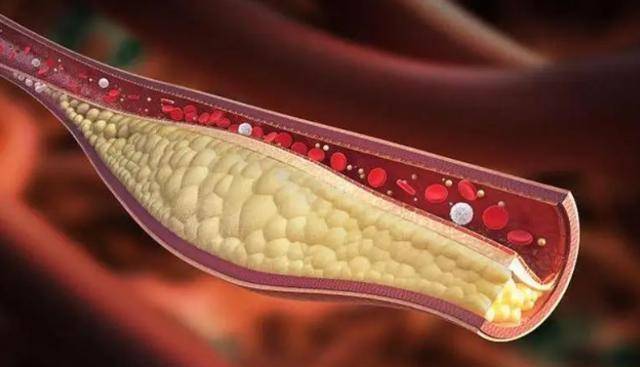“How Much Do You Know About Blood Lipids?”
There are many types of blood lipids. The blood lipids commonly mentioned or tested in hospitals include cholesterol and triglycerides. Patients with cardiovascular diseases may also be tested for low-density lipoprotein cholesterol and high-density lipoprotein cholesterol.
Not all cholesterol is bad and affects blood vessels. The bad cholesterol is called low-density lipoprotein cholesterol because it deposits in blood vessels. On the other hand, there is also good cholesterol, known as high-density lipoprotein cholesterol.
Therefore, if you have cardiovascular diseases, your low-density lipoprotein cholesterol should be low, and your high-density lipoprotein cholesterol should be high.
High blood lipids, or hyperlipidemia, occur when triglycerides or cholesterol levels in the body increase. Hyperlipidemia is a common chronic metabolic disease that is often related to genetic background, environmental factors, lifestyle, and dietary structure.
Be cautious of elevated blood lipids with the following symptoms:
Loss of appetite
High blood lipids can lead to the accumulation of fat in liver cells. Excessive fat accumulation in liver cells causes fatty liver, leading to liver enlargement, liver diseases, changes in liver function, and symptoms such as loss of appetite.
Numbness in limbs
As blood lipids increase, blood flow is severely affected. Limbs are located at the extremities of the body, and if nutrients in the blood cannot nourish the limbs properly, it can compress nerves, leading to numbness and pain in the limbs.
Abnormal skin color
Impaired blood flow in the body can cause insufficient blood supply to certain parts of the body or limbs, resulting in abnormal skin color. Usually, these areas appear pale with a lack of healthy color.
Dizziness
High blood lipids can lead to atherosclerosis of brain arteries and affect blood viscosity. This can cause increased blood viscosity, leading to cerebral ischemia, hypoxia, and eventually dizziness.
People with high blood lipids: Which is suitable to consume – pig’s trotters, eggs, or milk? The doctor reveals the answer
Pig’s trotters
Although pig’s trotters contain less fat than pork, the fat content is still relatively high. Pork fat content is about 20-30%, while pig’s trotters contain about 15-20% fat.
Compared to other foods, pig’s trotters have a relatively high lipid content. While they contain some protein, it is not recommended for patients with hyperlipidemia to consume them regularly.
Eggs
People with high blood lipids can eat eggs. Eggs are rich in protein, amino acids, and other trace elements, providing essential nutrition for the body and aiding in the treatment and recovery of high blood lipids.
However, excessive consumption is not recommended as eggs also contain high cholesterol, which can lead to increased cholesterol levels in the body, hindering the recovery of high blood lipids.
Milk
People with high blood lipids can drink milk. Since milk also contains some fat, it is advisable for patients with high blood lipids to mainly drink low-fat or skim milk.
The primary nutritional value of milk lies in its ability to supply the body with protein and calcium, enhancing physical fitness, boosting immunity. Although it contains some fat, its impact on blood lipids is minimal, so consuming moderate amount of milk daily is beneficial for individuals with high blood lipids.
To stabilize blood lipids, you can try the following methods:
Quit smoking and drinking
Regular smoking and drinking can lead to high plasma cholesterol levels. By quitting smoking and drinking, blood lipids may return to normal levels within about a year, reducing the risk of heart disease and coronary artery disease significantly.
Exercise is essential
Most patients with high blood lipids are overweight, and obesity increases the risk of this disease. Therefore, regular physical exercise is necessary not just to lose weight but also to maintain blood lipids within a normal range.
Proper diet
Avoid high-fat, high-calorie, and high-cholesterol foods. Include fresh vegetables, fruits, whole grains rich in dietary fiber in your diet, and consume low-fat, low-cholesterol foods in moderation, such as fish, lean meat, and protein.
Medication control
High blood lipids are a medical condition, so patients often need to take medication. After consulting a relevant doctor, patients should regularly take lipid-lowering drugs and undergo periodic check-ups to control blood lipids effectively.
In conclusion, high blood lipids can pose various dangers to the body, so people need to adjust promptly. Paying attention to diet and lifestyle is vital for managing this condition effectively.


